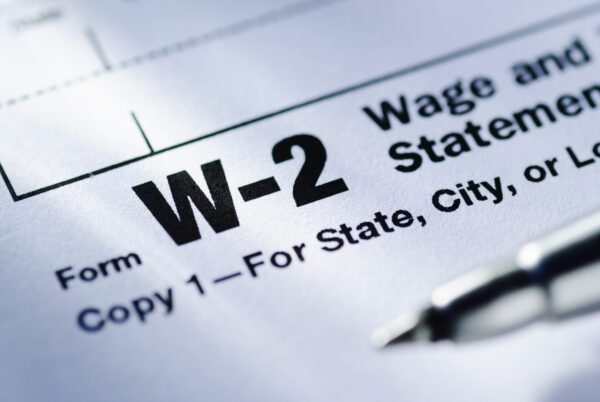During tax season, it’s common for employees to wonder why their final paycheck and W-2 form don’t match. While it can be confusing, there are several key reasons for the discrepancies. Let’s explore the most common ones:
Non-Taxable Income
Non-taxable items such as mileage reimbursements or work-related supplies are typically paid through paychecks. They are not included on the W-2 because they are exempt from taxes.
Retirement Contributions
Allocations to retirement plans like a 401(k) are made pre-tax, reducing the taxable income. For example, if an employee earns $50,000 and contributes $10,000 to a 401(k), their final paycheck will reflect the full $50,000, but their W-2 will show only $40,000 in taxable wages.
Health Insurance Deductions
Similar to retirement contributions, pre-tax health insurance premiums lower taxable wages. If an employee contributes $5,000 to health insurance premiums, in addition to the $10,000 401(k) contribution, their W-2 will reflect $35,000 in taxable income (the $50,000 in wages minus the $15,000 in pre-tax deductions).
Ultimately, your final paycheck shows your gross earnings, but the W-2 reflects taxable income after deductions. If you have questions about your situation, contact your IPS representative.
